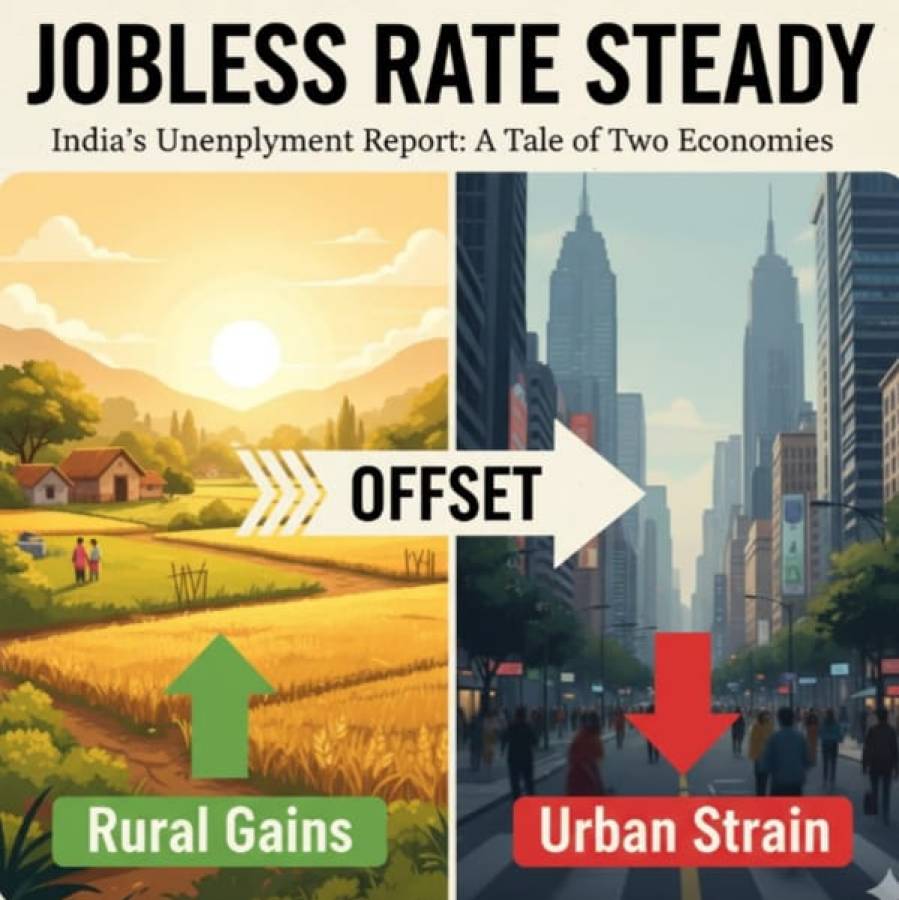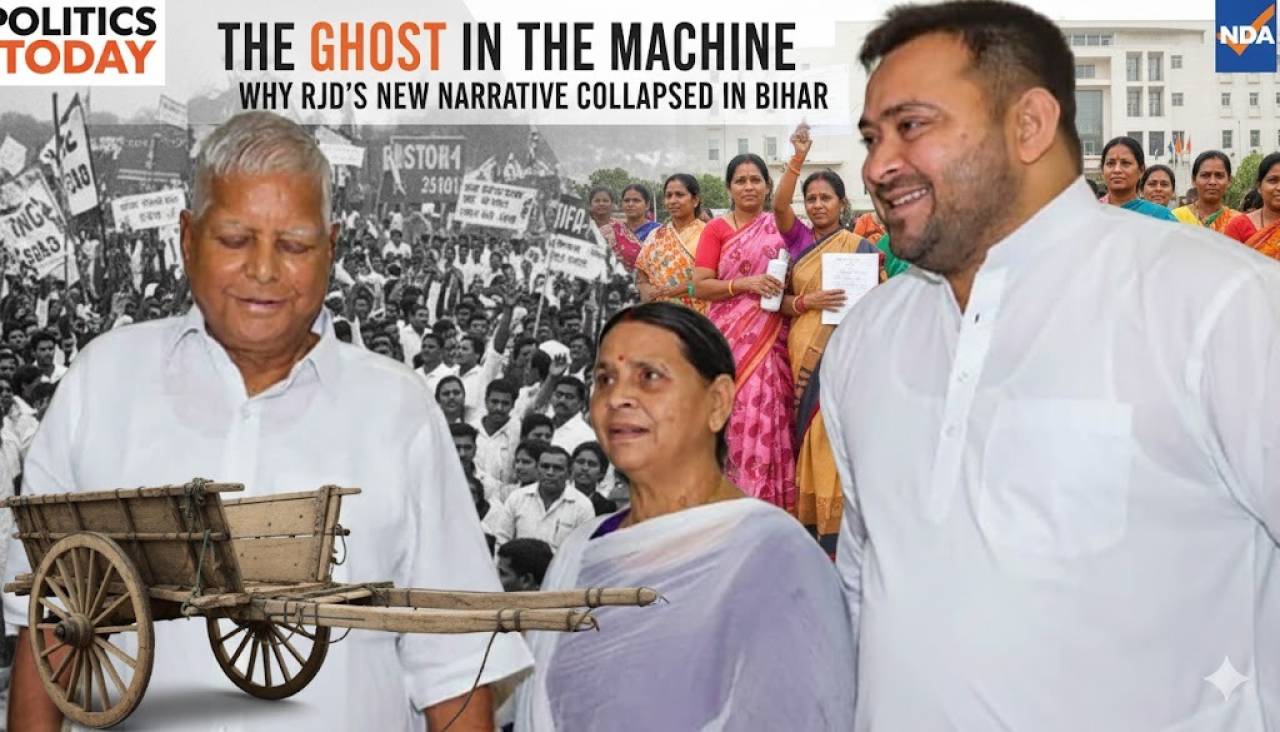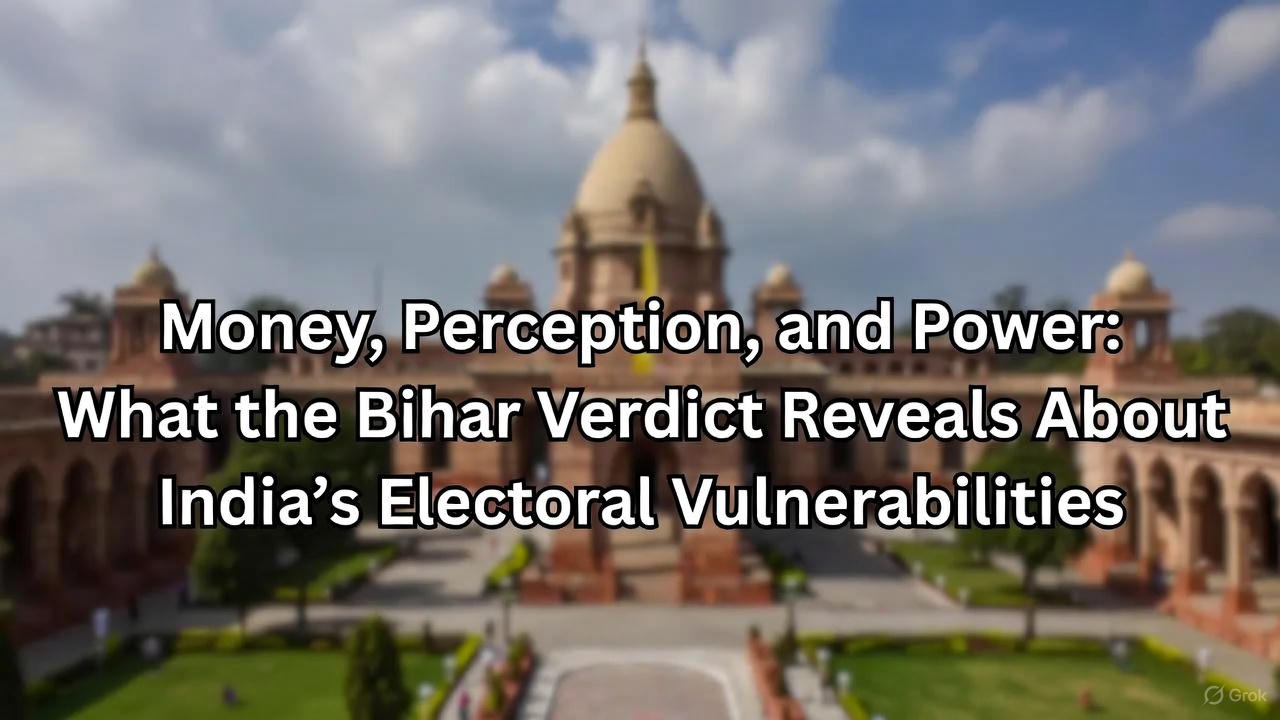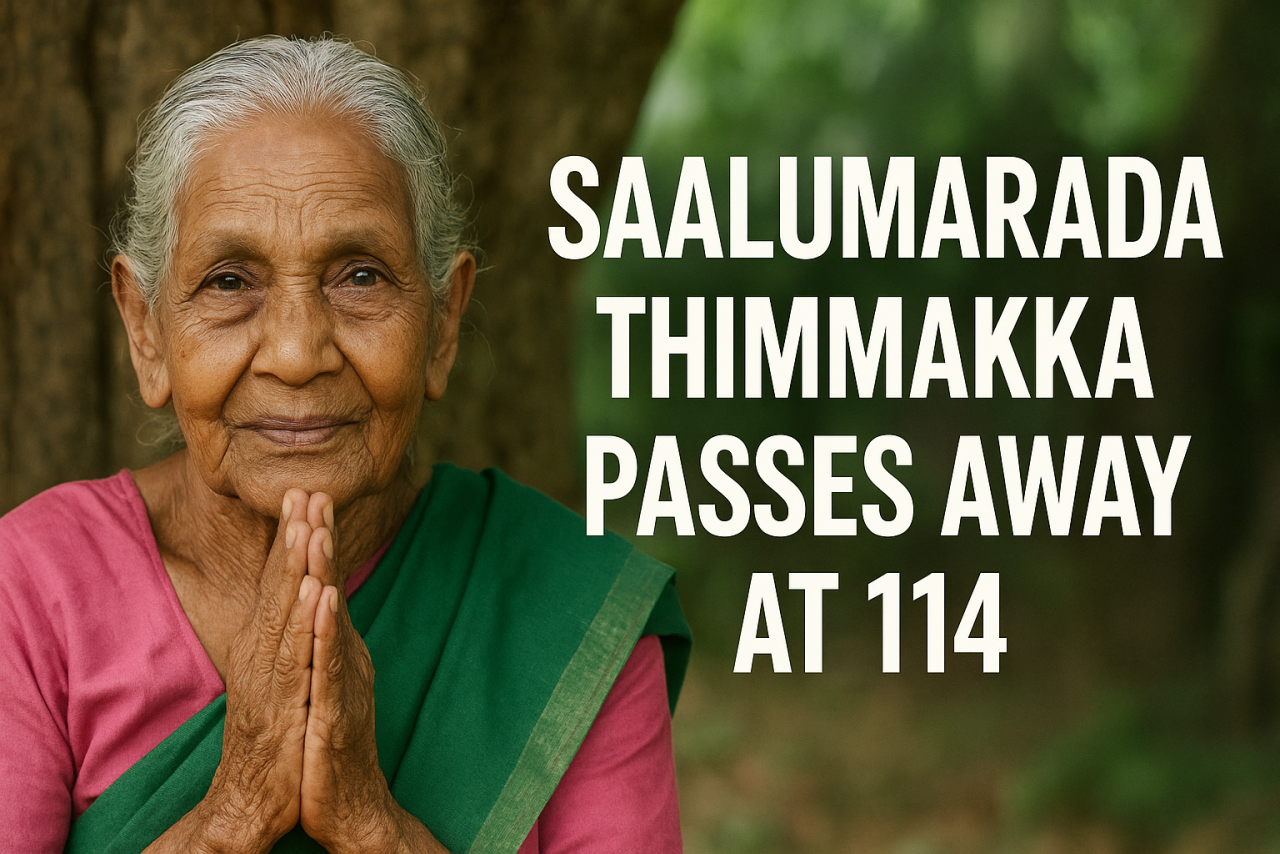
For years, India has proudly celebrated its linguistic diversity. From Tamil in the south to Punjabi in the north, each language carries history, identity, and culture. Yet, a recent report shows that when it comes to government support, not all languages are treated equally. The data revealed through a Right to Information (RTI) request tells a surprising story — Sanskrit alone received ₹2,532.59 crore in funding between 2014 and 2025. That is over 17 times the total money spent on the other five classical Indian languages combined.
This huge gap has raised many questions. The five other classical languages — Tamil, Telugu, Kannada, Malayalam, and Odia — got only ₹147.56 crore together in that same period. Individually, Tamil received just ₹113.48 crore while Telugu got a mere ₹12.85 crore. Malayalam and Odia received even less at ₹4.52 crore and ₹4.63 crore. This is surprising because these languages have a large number of speakers. According to the 2011 Census, Tamil, Telugu, Malayalam, Odia, and Kannada speakers together made up over 21 percent of India's population.
In contrast, Sanskrit is spoken by less than 0.01 percent of Indians today. Still, it received 84 percent of the total classical language funds. Even Urdu, Hindi, and Sindhi, widely spoken and supported languages, got only ₹1,317.96 crore together in that time. Urdu received ₹837.94 crore, Hindi ₹426.99 crore, and Sindhi ₹53.03 crore.
The Ministry of Education (MoE) says that it promotes all Indian languages through education and research. Still, this data suggests that some languages receive much more attention. Many scholars argue that the focus should be on the number of speakers and practical needs. Tamil Nadu Chief Minister M.K. Stalin even asked the central government to promote Tamil with the same seriousness as Sanskrit. He said that the government should install Tamil and other languages in official forms and promote their use in schools and universities.
The Ministry of Culture, which now handles classical language funding, has also recognized five more languages in October 2024 — Marathi, Pali, Prakrit, Assamese, and Bengali. But details about funding for these newly included languages are not yet available. This shows that while recognition is expanding, fair distribution of funds is still an issue.
Why does this matter? Because language is not just about communication. It is about preserving identity, history, and knowledge. Every language represents a community’s view of the world. When a language is underfunded or ignored, it sends a message that the culture behind it is less valuable.
There is also the issue of textbooks and resources. Under the Bharatiya Bhasha Pustak Scheme, the government plans to prepare textbooks in 22 languages. But how can this succeed if funding is not fair? Without equal investment, students who speak regional languages may be left behind.
Professor Syed Inayatullah Hassan, a retired scholar from Aligarh Muslim University, pointed out that Sanskrit’s strong funding might be driven by its religious and political image. But he also warned that such imbalanced spending can weaken national unity and diversity.
India has always been proud of its many languages. But pride alone is not enough. If we truly want to protect and promote our linguistic heritage, we must support all languages fairly — not just in speech, but in budget sheets too. Only then can India’s multilingual landscape truly flourish.





















